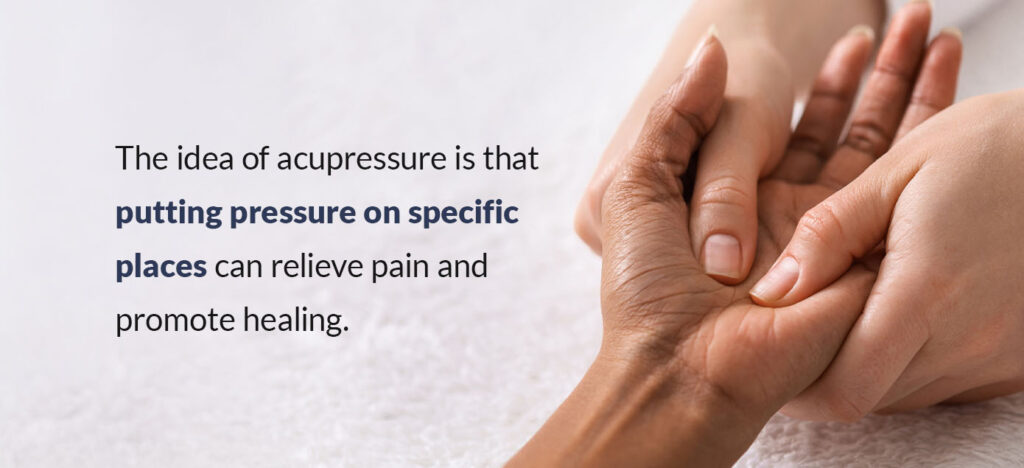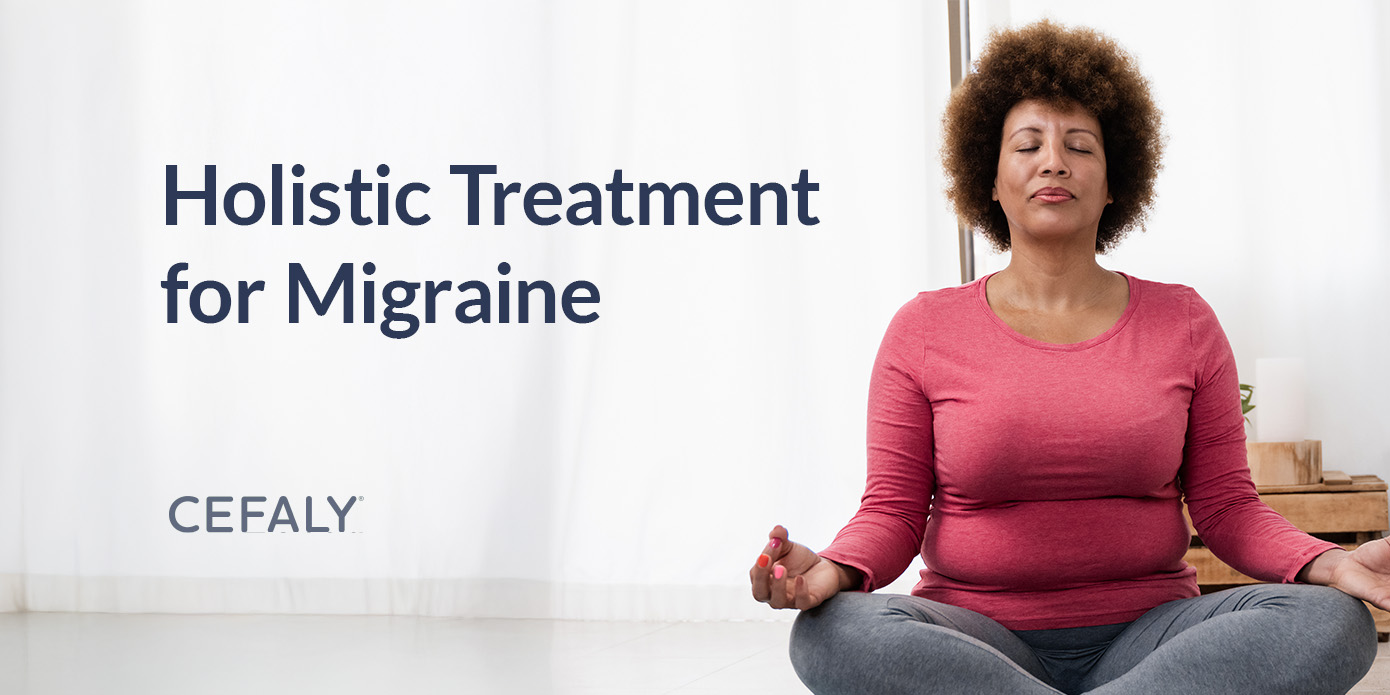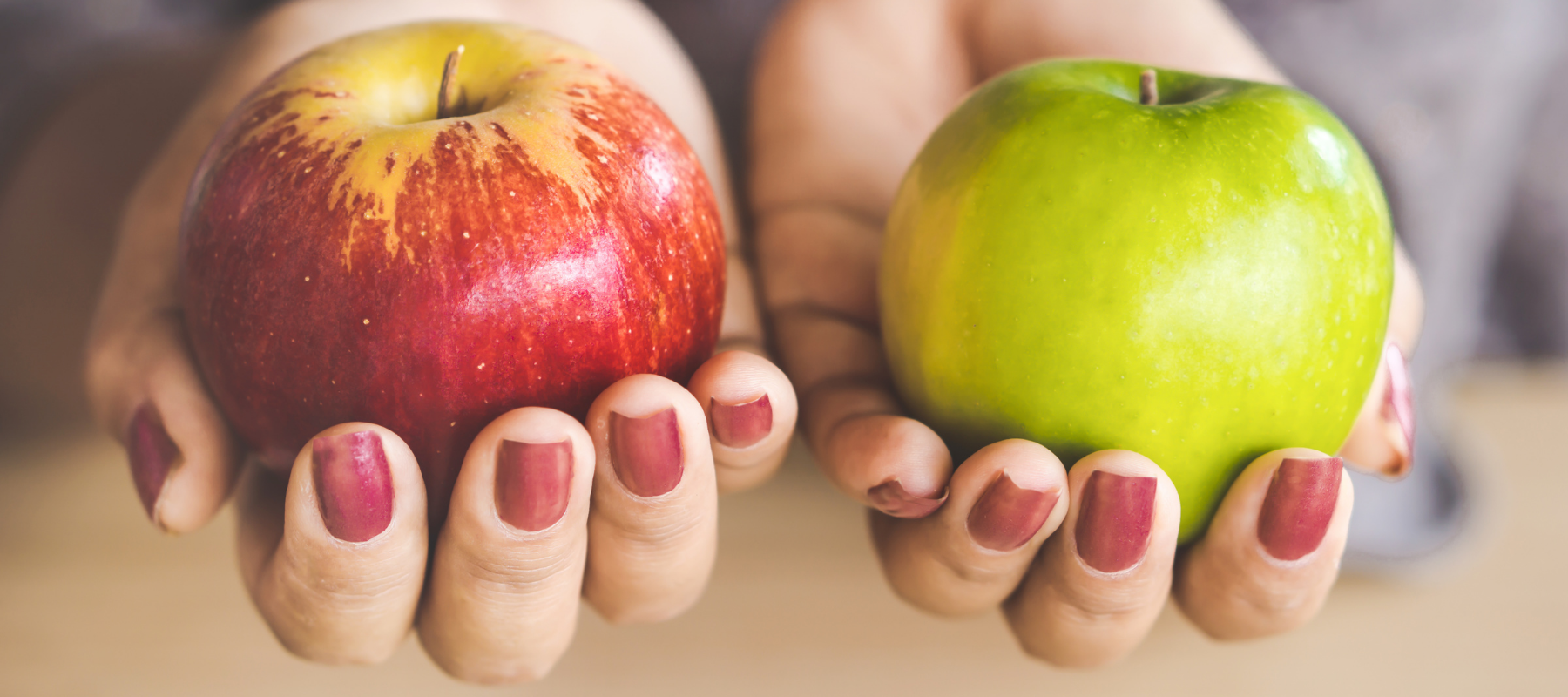Migraine affects everyone differently. While some people find relief from medication, others may need to explore additional treatment options to manage their symptoms. A holistic approach to healthcare involves a combination of treatments and lifestyle changes. Holistic medicine addresses the body as a whole, including physical, mental, social and spiritual health.
Many holistic migraine treatments are drug-free. This makes them a practical option for anyone, especially those who can’t or prefer not to rely on traditional medicine. Natural, alternative treatments for migraine can make a big difference in your life, and they’re worth exploring with your healthcare provider.
Here’s another drug-free migraine treatment worth trying: CEFALY. This non-invasive device is clinically proven to prevent and relieve migraine pain with gentle nerve stimulation. See how CEFALY works.
Discover various ways to manage migraine pain naturally in this guide!
1. Meditation
Stress is one of the most common migraine triggers but often one of the hardest things to avoid. During stressful times, you may find your migraine symptoms are significantly worse. The good news is that mindfulness techniques like meditation can reduce stress and migraine attacks. Plus, mindfulness costs nothing and has no side effects.
Researchers aren’t sure exactly why meditation helps people with migraine, but it’s clear that it has a positive effect on various conditions. That’s because meditation encourages you to calm your mind and body. For example, mindfulness meditation involves focusing on something in the present moment and letting your thoughts go without passing judgment. Over time, you’ll get better at handling stress so it affects your health less.
2. Massage
Massages are another natural way to manage migraine. Some older research suggests that specific types of massage — such as reflexology and segmental massage — can decrease migraine attack pain, duration and frequency. While we need more research to establish a clear link between migraine and massage, it’s worth trying to see if it helps you.
Neck pain is also a common symptom of migraine and can signal the start of an attack. You may find that frequent massages can alleviate some of your neck pain and help you feel more comfortable. If anything, the feel-good chemicals released from a massage can lighten your mood and make you feel less stressed.
3. Yoga
Yoga is a fantastic way to increase strength, flexibility and balance. But did you know that it can also help you manage your migraine? A 2023 review on yoga as an add-on therapy for migraine shows that it can reduce migraine frequency, duration and pain. Further research is needed to confirm these findings, but it’s clear that yoga is good for your body and mind.
Yoga has multiple benefits that can improve your life with migraine. Consistent yoga practice can help you relax, sleep better and manage stress. If poor sleep and stress are some of your migraine triggers, consider giving yoga a try. You could join a class in your area or find a tutorial online to get started.
4. Dietary changes
Some of the foods and drinks in your diet could be the reason for your migraine attacks, especially if you are also experiencing other triggers like allergies, poor sleep or stress. Some helpful changes you can make to improve migraine through diet include:
- Avoiding trigger foods: Many foods are known to trigger migraine attacks, including chocolate, cured meats, aged cheeses and pickles. Keep a trigger journal to identify which foods could be the cause of your migraine attacks and try to avoid them when possible.
- Staying hydrated: Dehydration is another common migraine trigger, which is why drinking plenty of water helps manage migraine. Keep a bottle of water on you at all times and take sips frequently. You may also want to avoid drinking alcohol and diet sodas, as they can trigger migraine attacks.
- Eating regular meals: In addition to eating healthy meals, try to eat at consistent times. Consider eating small meals throughout the day and avoid skipping meals, as this can trigger migraine.
5. Acupuncture
Acupuncture is a traditional Chinese medicine practice that inserts thin needles into specific pressure points on the body. While it may sound unpleasant, acupuncture is not typically painful. Plus, multiple studies on the effects of acupuncture for migraine suggest that it can reduce migraine attack frequency. However, more research is needed, and not everyone finds relief from acupuncture.
Experts suggest that acupuncture may work best in conjunction with other treatment options. Consult with your healthcare provider to devise a plan that works for you.
6. Acupressure
Another traditional Chinese therapy that can benefit migraine is acupressure. It’s similar to acupuncture but uses pressure from fingers instead of needles. The idea is that putting pressure on specific places can relieve pain and promote healing. Some people find that acupressure on the ears, hands, feet and forehead can ease migraine symptoms, but there are limited studies to confirm the effects.
If you’re curious about acupressure, you can see a professional acupuncturist to try it out. Acupuncturists can also train you on the proper methods so you can do it yourself at home. Whenever you feel an attack coming on, apply gentle pressure to the recommended spots to see if it helps.

7. Biofeedback
If you’re easily stressed and it worsens your migraine symptoms, you may benefit from biofeedback. Biofeedback is a form of therapy where you learn to manage your body’s reaction to stress. A biofeedback specialist will connect you to a machine that measures your body’s involuntary physiological responses. These include heart rate, blood pressure, brain activity and muscle tension.
You’ll then learn relaxation techniques to soothe your body. The goal is to discover what calms your body down so you can apply it going forward without the help of a machine. Finding a way to reduce your body’s reaction to an oncoming migraine attack can lessen its intensity and help you manage pain naturally.
8. Sleep
For some, the best natural remedy for migraine is sleep. Are you getting enough good-quality sleep? Many people find they have more frequent, intense migraine attacks when they have slept poorly, too much or too little. If this is also the case for you, try changing your sleep schedule. Make your bedroom as comfortable as possible and go to bed at the same time every night. Limit screen time before bed, and calm your mind by reading, journaling or meditating.
Try CEFALY, a drug-free migraine treatment device
At CEFALY Technology, we know how painful migraine can be. That’s why we created CEFALY, a drug-free migraine treatment device with no prescription required and minimal side effects. CEFALY is clinically proven to prevent and relieve migraine pain as well as other symptoms. In fact, over 56% of CEFALY users in one study said the device resolved their most bothersome symptom.
CEFALY has two modes — ACUTE for pain relief and PREVENT for attack prevention. Simply select a mode, apply the device to an adhesive electrode on your forehead for the recommended time, and feel the gentle, soothing stimulation.
Purchase a CEFALY device today with our 90-day money-back guarantee!















